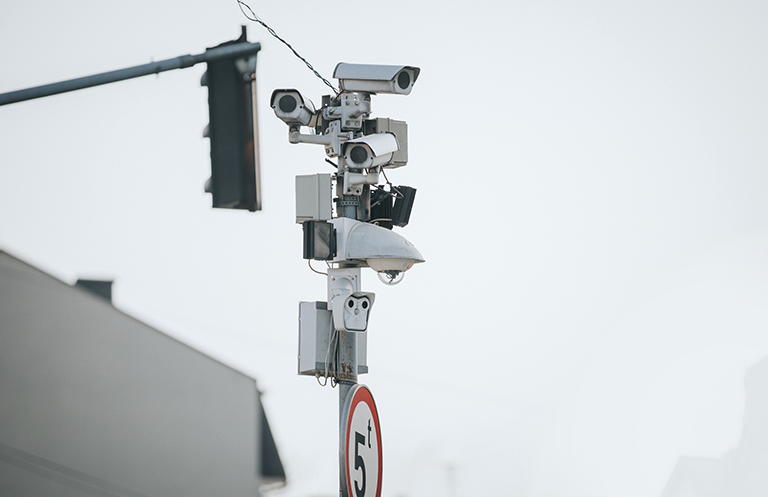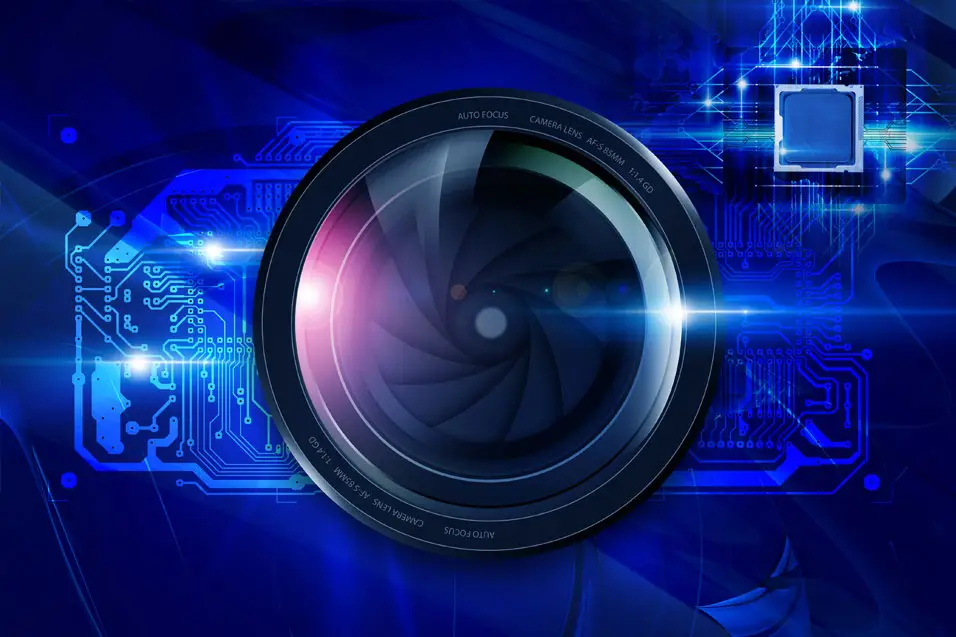Cellular technologies help in a wide range of IoT Services including Smart Cities (Smart Parking, Smart kiosks, Smart Lighting), Connected Homes (Video Surveillance, Access Controls, Fire Alarms, Smoke Detectors), Connected Retail (Camera, Handheld Devices, Vending machines, Digital Signage), Connected Transportation (Fleet Management, Smart Transit, Smart Traffic, Monitoring and reporting, Asset Tracking) and Connected Industries (Smart meters, Energy Management, Device Monitoring & HVAC).
At the recently concluded Mobile World Congress 2017, Narrowband IoT (NB-IoT) made its mark as one of the hottest IoT trends in cellular technologies, with several leading telecom players unveiling their respective rollouts of this IoT-enabler. A list that includes Deutsche Telekom, AT&T, KDDI, KPN, NTT DOCOMO, Orange, Telefonica, Telstra, TELUS, Verizon and several others.
So, what has fueled all this excitement? Let’s read ahead.
Many safety-critical IoT devices are located in remote locations and are difficult to locate, hence requiring a device transmitter to operate at a very high power that results in battery drainage. Existing cellular standards don’t have the capability to support power consumption.
A new evolved cellular technology is required to meet the connectivity needs of the rapidly growing Internet of Things (IoT).
NB–IoT – (Narrow band IoT) is a Low power WAN (LPWAN) radio protocol which a standardized technology that can be developed to connect a wide range of IoT devices to use cellular telecommunication bands with a specific design for significantly reduced power consumption. NB-IoT is also called LTE Cat-NB: It is most suitable for applications that require transmission of moderately complicated data with less recurrence so that is can develop new applications. The deployment cost is significantly reduced with the reuse of existing infrastructure. Also, time-to-market can be significantly hastened owing to infrastructure reuse.
Adoption of NB-IoT can help in providing improved indoor coverage support to a massive number of low-throughput nodes with low-delay sensitivity, ultra-low device cost, lower device power consumption, and optimized network architecture.
NB-IoT technology deployment has several variants
- “In-band” – Uses spectrum allocated to Long Term Evolution (LTE)—utilizing resource blocks within a normal LTE carrier
- “Guard-Band” – Uses bandwidth reserved or unused LTE carriers Guard band
- “Standalone” – Uses dedicated spectrum and utilizes new bandwidth suitable for the re-farming of GSM spectrum
Major Benefits of NB-IoT
- Ubiquitous connectivity and coverage – NB-IoT can help in supporting massive number of devices by establishing networks that can connect to billions of nodes. They are designed for extended coverage indoors with low device complexity providing long range connectivity and communication.
- Low Power Consumption – NB-IoT doesn’t need to run a heavy OS like Linux or do much signal processing making it more power efficient as compared to other cellular technologies. One may be running a small RTOS to connect to NB-IoT network and still get the same performance (if not better).
- Low Device Cost – Simpler to create with lower complexity, cost of device is considered to be significantly low and turns out to be around $5 per module. One does not need CPUs running at multiple GHz but simplified MCUs can suffice.
- Multi–year battery life – With the optimized power consumption capability, NB-IoT can support a multi-year battery life for your devices.
- Secured – NB- IoT is considered to be secured similar to 4G, with all encryption and SIM-based authentication features
- Faster time to market – NB- IoT is easy to deploy as it can either be deployed for In-Band, Standalone or Guard-band resulting in faster time to market.
Potential Applications of NB-IOT Applications
Due to above salient features, NB-IoT can be leveraged for different Industries. eInfochips has extensive experience in interoperability management with sensors, control systems, measurement tools and communications infrastructure across vendors, often with custom hardware and software development. Having done numerous connectivity projects for all above applications, eInfochips offers design engineering expertise in NB-IoT for the following industries:
NB-IoT for Retail – NB-IoT can help retail stores to enhance the in-store experience for customers as it can connect a large number of devices like barcode scanners, cameras, EPOS machines. The add-in advantage offered is that it provides long battery life with less power consumption.
NB-IoT for Home Automation – The biggest advantage offered by NB-IoT is that it isn’t required to run heavy OS with Linux that consumes more power while helping run smart home devices required to be used with comparatively less power.
NB-IoT for Industrial Automation – NB‑IoT is well-suited for monitoring gas and water meters, via regular and small data transmissions. It also provides network coverage in ruler areas, underground cellars where connectivity is the major issue for installed meters. NB-IoT can be deployed in smart meters helping in communication with individual Meters. It helps overcome the cost of deploying, operation and maintaining the infrastructure.
NB-IoT for Smart cities – NB-IoT is the right technology for Smart cities by providing better performance for parking solutions. The data rate requirement in such installations is quite low while the connectivity on demand is top priority. Integrating it with current infrastructure helping in connecting large number of parking sensor at a very low cost with a long battery life.
NB-IoT for Transportation – Leveraging the applications of NB-IoT like real time tracking of vehicles and shipping container reducing fraudulent activities or collecting the real time data from vehicles, road sensors and helping in traffic analysis, navigation, Avoiding congestion.












